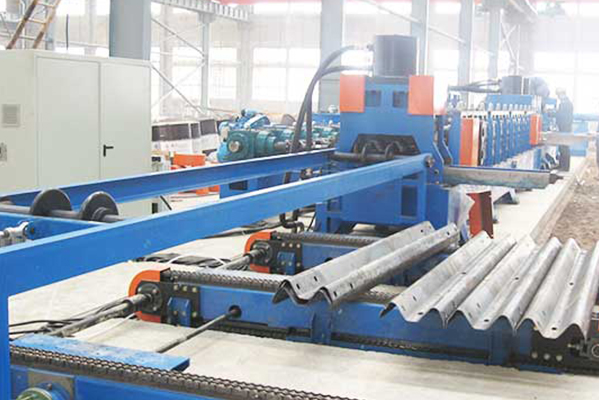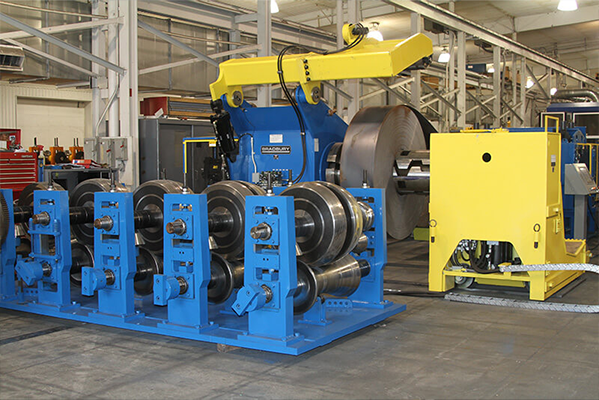Navigation Menu
Contact Us
- Email:
- info@wxavatar.com
- Address:
- Yurong Village, Yuqi Street, Huishan District, Wuxi, China.
Release Date:Jun 17, 2025 Visit:39 Source:Roll Forming Machine Factory
Manufacturers are continually seeking methods to enhance efficiency, reduce costs, and deliver higher-quality products. In the realm of metal fabrication, advanced roll forming solutions offer a powerful avenue for achieving these objectives. By embracing modern technologies and strategic approaches, companies can significantly optimize their production processes.

One fundamental aspect of optimization lies in leveraging automation and integrated systems. Modern roll forming lines are no longer just about shaping metal; they are sophisticated systems capable of performing multiple operations in a single, continuous pass. This includes in-line punching, notching, cutting-to-length, and even welding. By integrating these secondary processes, manufacturers eliminate the need for separate operations, reduce material handling, minimize bottlenecks, and drastically shorten lead times. Automation, driven by advanced control systems and robotics, ensures consistent quality, minimizes human error, and allows for higher production speeds and volumes.
Precision tooling and intelligent machine control are also paramount for optimization. Advanced roll forming machines utilize highly precise tooling designed to minimize springback and achieve tight tolerances, even with challenging materials like high-strength steels. Coupled with intelligent software and servo-electric motors, these systems offer unparalleled control over the forming process. Real-time feedback loops and adaptive control algorithms can monitor parameters such as material thickness, roller pressure, and temperature, making instantaneous adjustments to ensure optimal yield and quality. This precision reduces scrap rates and enhances the overall consistency of the finished product.
Furthermore, data analytics and the integration of Industry 4.0 principles are transforming roll forming operations. By equipping roll forming lines with sensors and connecting them to a central data acquisition system, manufacturers can collect vast amounts of operational data. This data can then be analyzed using advanced analytics to identify patterns, predict potential issues (such as tooling wear or machine malfunction), and optimize production schedules. Concepts like digital twins, which create virtual replicas of the physical roll forming line, allow for simulation and testing of different scenarios without disrupting actual production, further enhancing process optimization.
Material optimization and flexibility are also key considerations. Advanced roll forming solutions can be configured to process a wide range of materials, from various grades of steel and aluminum to more specialized alloys. The ability to switch between different profiles and material types with minimal downtime, often through quick-change tooling systems, adds significant flexibility to production. This allows manufacturers to respond swiftly to changing market demands, produce smaller, customized batches, and cater to diverse customer needs without sacrificing efficiency.
Finally, a focus on continuous improvement and lean manufacturing principles within roll forming operations can yield substantial benefits. This involves regularly reviewing processes, identifying areas of waste (such as excessive material handling, unnecessary inventory, or defects), and implementing solutions to streamline workflows. By fostering a culture of continuous optimization, manufacturers can ensure their advanced roll forming solutions are utilized to their full potential, consistently delivering superior products with maximum efficiency.

In summary, optimizing production with advanced roll forming solutions involves a multifaceted approach. By embracing automation, leveraging intelligent control systems, harnessing the power of data, ensuring material flexibility, and committing to continuous improvement, manufacturers can unlock significant gains in efficiency, quality, and cost-effectiveness, positioning themselves strongly in a competitive market.